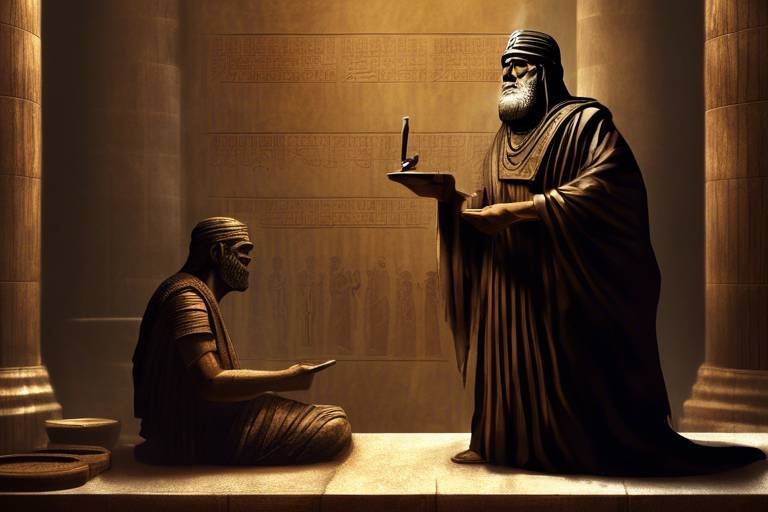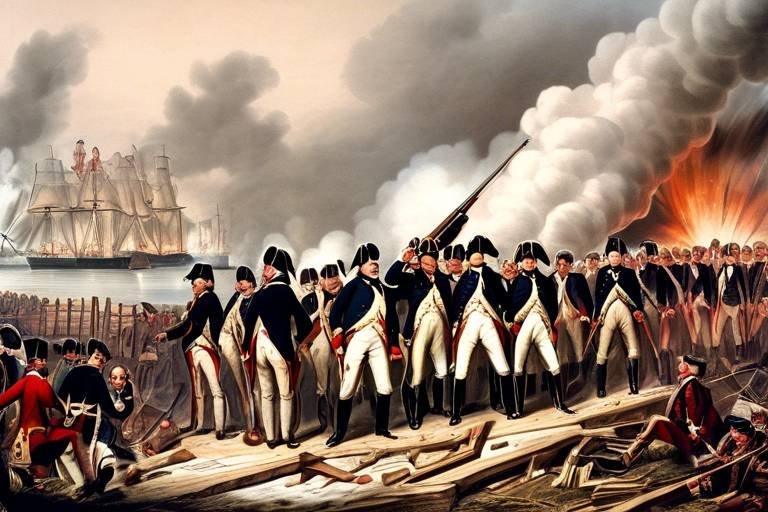The Role of Cultural Exchange in World History
Cultural exchange has been a dynamic force throughout world history, shaping the development of societies, economies, and political systems across the globe. From the ancient trade routes that connected distant civilizations to the modern era of globalization, the exchange of ideas, beliefs, and practices has left an indelible mark on human civilization.
One of the earliest examples of cultural exchange can be seen in the ancient trade routes, such as the Silk Road and the Trans-Saharan trade. These routes facilitated the movement of goods, technologies, and ideologies between different cultures, leading to a process of cultural diffusion that enriched societies and sparked innovation.
During the Renaissance period, Europe experienced a profound transformation as scholars and artists rediscovered the wisdom of classical antiquity. This revival of knowledge not only fueled artistic and scientific advancements but also fostered cross-cultural dialogue with the Islamic world and Asia, contributing to a vibrant exchange of ideas.
The era of colonialism marked a darker chapter in cultural exchange, as European powers imposed their values and norms on colonized territories, often at the expense of indigenous cultures. This period of cultural hegemony led to the erosion of local traditions and identities, highlighting the complexities of power dynamics in cultural interactions.
In the contemporary era of globalization, the rapid advancements in technology and communication have accelerated the exchange of cultures on a global scale. While this has led to a blending of traditions and the emergence of a more interconnected world, it has also raised concerns about the loss of cultural diversity and the homogenization of global culture.
Despite these challenges, many communities have shown resilience in the face of cultural homogenization, actively preserving and revitalizing their unique heritage through various forms of cultural expression and activism. This resistance to dominant narratives is crucial in maintaining the richness and diversity of human cultures.
Artistic movements have also played a pivotal role in asserting cultural identity and challenging prevailing norms. Movements such as the Harlem Renaissance and the Négritude movement have empowered marginalized communities to reclaim their heritage and voice, highlighting the power of art in fostering cultural pride and resilience.
Interfaith dialogue and religious syncretism have further contributed to cultural exchange by fostering mutual understanding and tolerance among diverse religious communities. This dialogue has led to the blending of beliefs and practices, creating new forms of spirituality and cultural expression that transcend traditional boundaries.
As we look towards the future, the prospects of cultural exchange present both opportunities and challenges. Promoting cross-cultural understanding, fostering peace, and preserving the richness of human diversity will require ongoing efforts to navigate the complexities of cultural interactions in an increasingly interconnected world.

Ancient Trade Routes and Cultural Diffusion
This article explores how cultural exchange has influenced and shaped world history, impacting societies, economies, and politics across the globe. From ancient trade routes to modern globalization, cultural interactions have played a significant role in shaping human civilization.
The ancient trade routes, such as the Silk Road and Trans-Saharan trade, facilitated the exchange of goods, ideas, and cultures between different civilizations, leading to the diffusion of technologies, religions, and philosophies.
These trade routes acted as conduits of not only material goods but also knowledge and cultural practices. Merchants traveling along these routes brought back new ideas, technologies, and cultural practices from distant lands, enriching their own societies and fostering cross-cultural interactions.
For example, the Silk Road enabled the exchange of silk, spices, and other commodities between China and the Mediterranean, while also facilitating the spread of Buddhism from India to East Asia. This cultural diffusion led to the blending of diverse traditions and the creation of new cultural expressions that transcended geographical boundaries.
During the Renaissance, the revival of classical learning in Europe led to a flourishing of arts, sciences, and literature, as scholars and artists exchanged ideas and knowledge with their counterparts in the Islamic world and Asia.
The era of colonialism saw the domination of European powers over vast territories, resulting in the imposition of Western culture and values on indigenous populations, leading to the erosion of local traditions and identities.
In the contemporary era of globalization, advancements in technology and communication have accelerated the exchange of cultures, leading to a blending of traditions and the emergence of a globalized culture that transcends national boundaries.
Despite the forces of cultural homogenization, many communities have resisted the pressures of globalization and colonialism, striving to preserve and revitalize their unique cultural heritage through various forms of cultural expression and activism.
Artistic movements, such as the Harlem Renaissance and the Négritude movement, have played a crucial role in asserting cultural identity and challenging dominant narratives, empowering marginalized communities to reclaim their heritage and voice.
Interfaith dialogue and religious syncretism have fostered mutual understanding and tolerance among diverse religious communities, leading to the blending of beliefs and practices, creating new forms of spirituality and cultural expression.
As we look to the future, the dynamics of cultural exchange continue to evolve, presenting both opportunities and challenges in promoting cross-cultural understanding, fostering peace, and preserving the richness of human diversity.
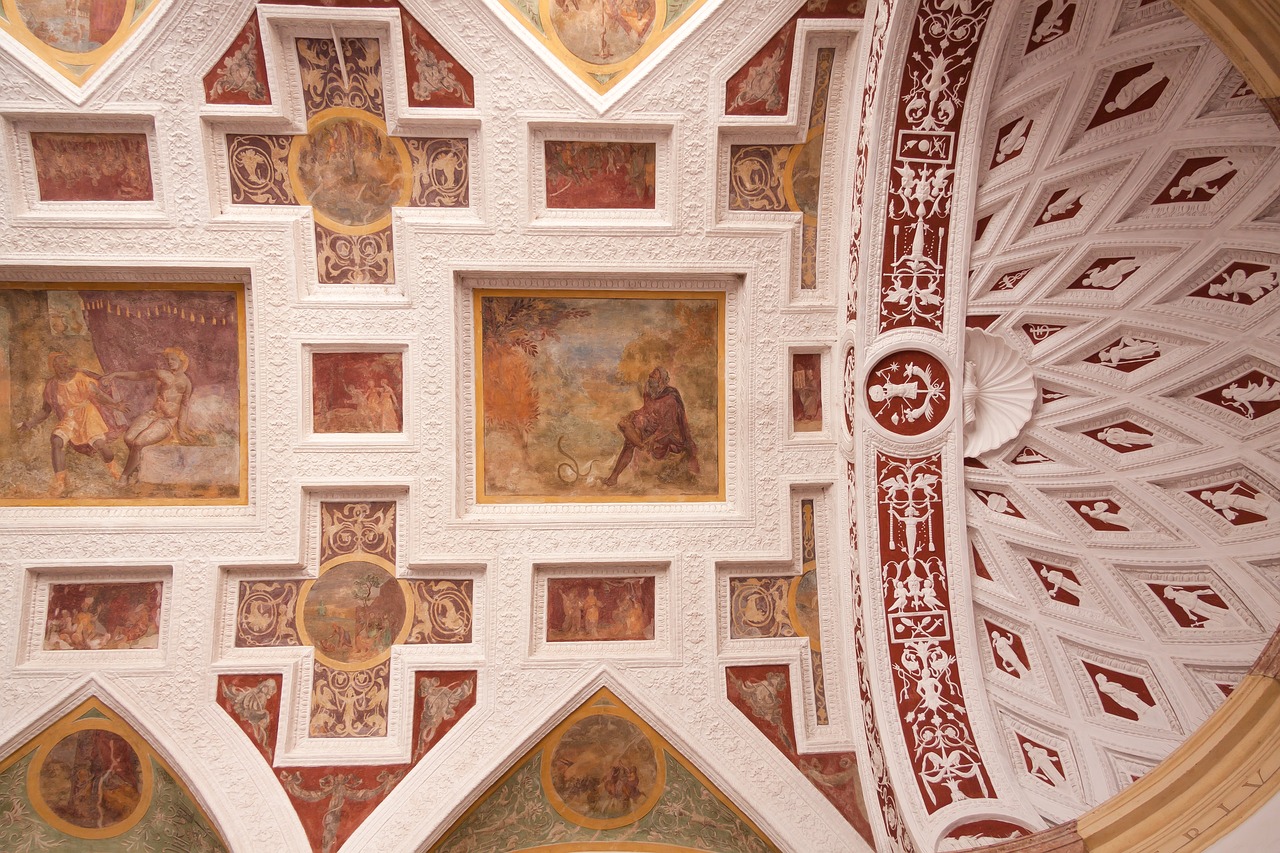
The Renaissance and the Spread of Knowledge
During the Renaissance, Europe experienced a cultural rebirth that transformed the intellectual landscape of the continent. Scholars, artists, and thinkers rediscovered the wisdom of ancient civilizations, particularly Greek and Roman, sparking a renewed interest in classical learning. This revival of knowledge fueled a period of unprecedented creativity and innovation, leading to breakthroughs in art, science, and literature.
The exchange of ideas and knowledge during the Renaissance was not limited to Europe alone. Scholars and artists engaged in cross-cultural interactions with counterparts in the Islamic world and Asia, exchanging manuscripts, artworks, and scientific discoveries. This cultural exchange had a profound impact on the development of Western thought, as new perspectives and insights enriched the intellectual discourse of the time.
One of the key aspects of the Renaissance was the emphasis on humanism, a philosophical movement that celebrated the potential and achievements of human beings. Humanist scholars focused on the study of classical texts, emphasizing the importance of education, reason, and critical thinking. This intellectual shift laid the foundation for the modern concept of individualism and human rights, shaping the values of Western societies for centuries to come.
Artistic achievements also flourished during the Renaissance, with renowned figures such as Leonardo da Vinci, Michelangelo, and Raphael producing masterpieces that continue to inspire awe and admiration to this day. The patronage of wealthy merchants and powerful rulers supported the arts, enabling artists to explore new techniques and themes, pushing the boundaries of creativity and expression.
In addition to the arts, scientific discoveries and technological advancements marked the Renaissance as a period of remarkable progress. Figures like Galileo Galilei and Nicolaus Copernicus revolutionized our understanding of the universe, challenging traditional beliefs and paving the way for the scientific revolution of the following centuries.
The Renaissance was not just a historical period but a cultural phenomenon that transformed the way people viewed themselves and the world around them. Its legacy continues to resonate in modern society, reminding us of the power of knowledge, creativity, and cultural exchange in shaping human history.

Colonialism and Cultural Hegemony
This article explores how cultural exchange has influenced and shaped world history, impacting societies, economies, and politics across the globe. From ancient trade routes to modern globalization, cultural interactions have played a significant role in shaping human civilization.
The ancient trade routes, such as the Silk Road and Trans-Saharan trade, facilitated the exchange of goods, ideas, and cultures between different civilizations, leading to the diffusion of technologies, religions, and philosophies.
During the Renaissance, the revival of classical learning in Europe led to a flourishing of arts, sciences, and literature, as scholars and artists exchanged ideas and knowledge with their counterparts in the Islamic world and Asia.
In the era of colonialism, European powers dominated vast territories, imposing Western culture and values on indigenous populations, eroding local traditions and identities.
In the contemporary era of globalization, advancements in technology and communication have accelerated the exchange of cultures, blending traditions and giving rise to a globalized culture transcending national boundaries.
Despite cultural homogenization, many communities resist globalization and colonialism pressures, striving to preserve and revitalize their unique cultural heritage through various forms of expression and activism.
Artistic movements like the Harlem Renaissance and the Négritude movement empower marginalized communities to reclaim their heritage and voice, asserting cultural identity and challenging dominant narratives.
Interfaith dialogue and religious syncretism foster mutual understanding among diverse religious communities, blending beliefs and practices to create new forms of spirituality and cultural expression.
As cultural exchange dynamics evolve, opportunities and challenges arise in promoting cross-cultural understanding, fostering peace, and preserving the richness of human diversity.
Q: How has cultural exchange influenced global economies?
A: Cultural exchange has facilitated the flow of ideas, technologies, and goods, contributing to economic growth and innovation in various regions.
Q: What role do artistic movements play in cultural exchange?
A: Artistic movements serve as platforms for cultural expression, enabling communities to showcase their heritage, challenge stereotypes, and promote diversity.
Q: How can individuals contribute to promoting cultural exchange?
A: Individuals can engage in intercultural dialogue, support local artists and cultural initiatives, and educate themselves about different traditions to foster mutual respect and understanding.
Q: What are the potential risks of cultural homogenization?
A: Cultural homogenization can lead to the loss of unique cultural identities, languages, and traditions, potentially eroding the diversity that enriches human society.
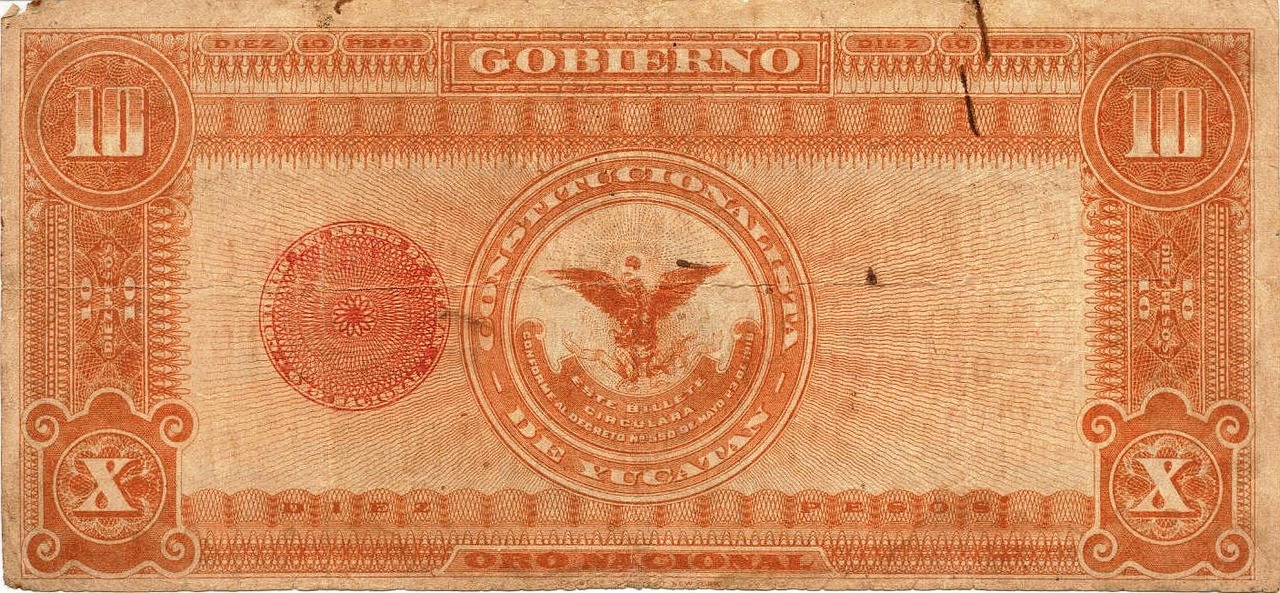
Modern Globalization and Cultural Homogenization
This article explores how cultural exchange has influenced and shaped world history, impacting societies, economies, and politics across the globe. From ancient trade routes to modern globalization, cultural interactions have played a significant role in shaping human civilization.
The ancient trade routes, such as the Silk Road and Trans-Saharan trade, facilitated the exchange of goods, ideas, and cultures between different civilizations, leading to the diffusion of technologies, religions, and philosophies.
During the Renaissance, the revival of classical learning in Europe led to a flourishing of arts, sciences, and literature, as scholars and artists exchanged ideas and knowledge with their counterparts in the Islamic world and Asia.
The era of colonialism saw the domination of European powers over vast territories, resulting in the imposition of Western culture and values on indigenous populations, leading to the erosion of local traditions and identities.
In the contemporary era of globalization, advancements in technology and communication have accelerated the exchange of cultures, leading to a blending of traditions and the emergence of a globalized culture that transcends national boundaries.
Despite the forces of cultural homogenization, many communities have resisted the pressures of globalization and colonialism, striving to preserve and revitalize their unique cultural heritage through various forms of cultural expression and activism.
Artistic movements, such as the Harlem Renaissance and the Négritude movement, have played a crucial role in asserting cultural identity and challenging dominant narratives, empowering marginalized communities to reclaim their heritage and voice.
Interfaith dialogue and religious syncretism have fostered mutual understanding and tolerance among diverse religious communities, leading to the blending of beliefs and practices, creating new forms of spirituality and cultural expression.
As we look to the future, the dynamics of cultural exchange continue to evolve, presenting both opportunities and challenges in promoting cross-cultural understanding, fostering peace, and preserving the richness of human diversity.
Modern globalization has transformed the world into a global village, where information and ideas flow freely across borders at a rapid pace. The interconnectedness brought about by globalization has led to the convergence of cultures, blurring traditional boundaries and creating a shared global culture. This cultural homogenization, while promoting global unity and interconnectedness, also raises concerns about the loss of cultural diversity and the erosion of unique traditions. It poses a challenge to preserving the authenticity and richness of individual cultural identities amidst the wave of globalization.
Stay tuned for answers to common questions about cultural exchange and its impact on world history.
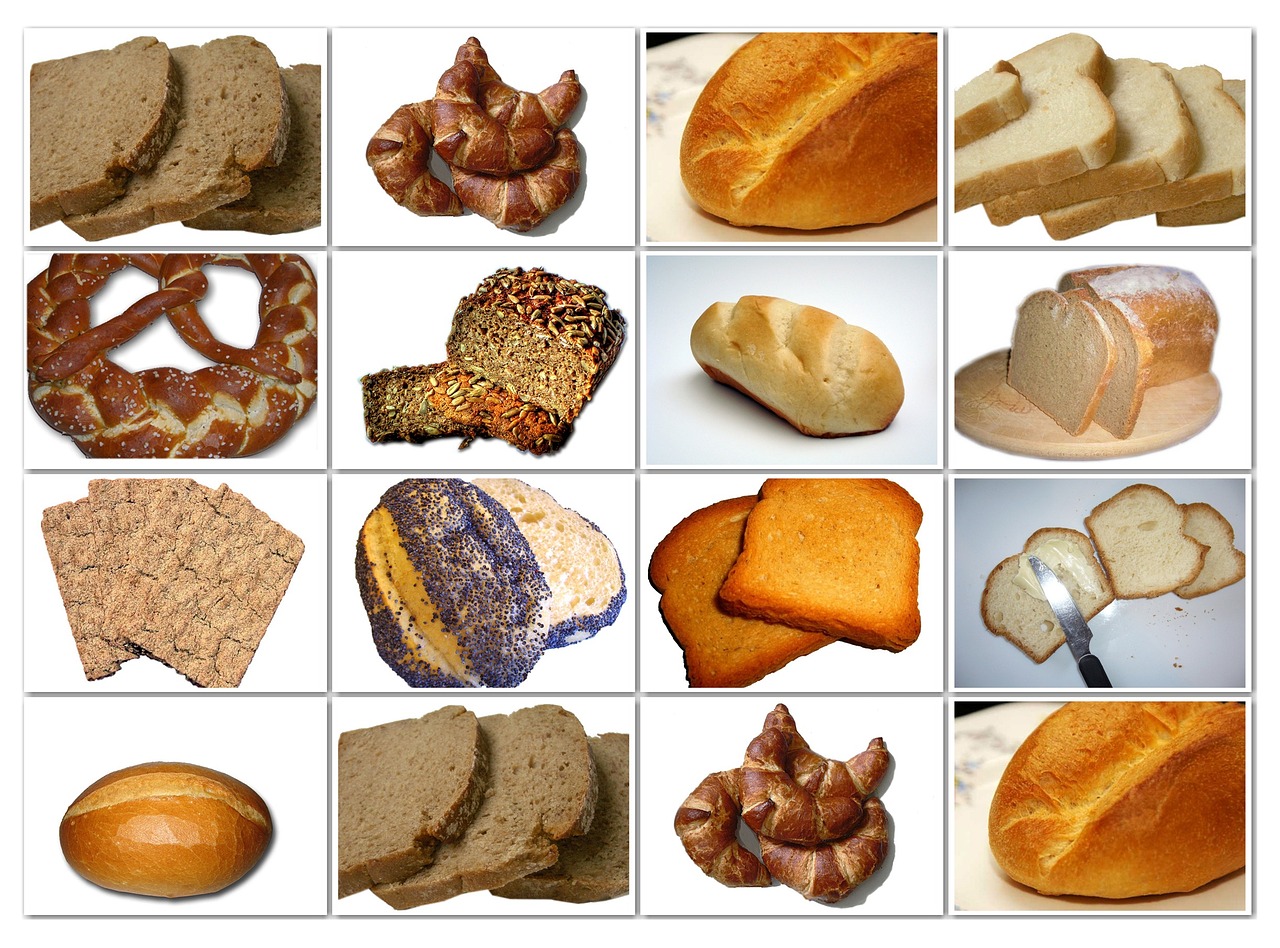
Resistance and Cultural Revival
Resistance and Cultural Revival are essential components in the ongoing narrative of cultural exchange. In the face of globalization and colonialism, many communities have steadfastly resisted the pressures to conform to a homogenized global culture. Instead, they have chosen to preserve and revitalize their unique cultural heritage through various forms of expression and activism.
One powerful form of resistance is through art and literature. Artists and writers from marginalized communities have used their creative talents to reclaim their cultural identity and challenge dominant narratives. Movements like the Harlem Renaissance and the Négritude movement have been instrumental in empowering these communities to assert their heritage and voice in the face of cultural hegemony.
Furthermore, cultural revival is not just about looking back at the past but also about adapting and evolving traditions to suit the contemporary world. By blending traditional practices with modern influences, communities can ensure the survival and relevance of their cultural heritage in a rapidly changing global landscape.
Moreover, grassroots movements and community initiatives play a crucial role in cultural revival. By organizing festivals, workshops, and educational programs, communities can actively engage in preserving and promoting their cultural practices, ensuring that they are passed down to future generations.
Ultimately, resistance and cultural revival are not just acts of defiance but also acts of resilience and empowerment. By standing firm in the face of cultural homogenization, communities can celebrate their diversity and contribute to the tapestry of human civilization with their unique perspectives and traditions.
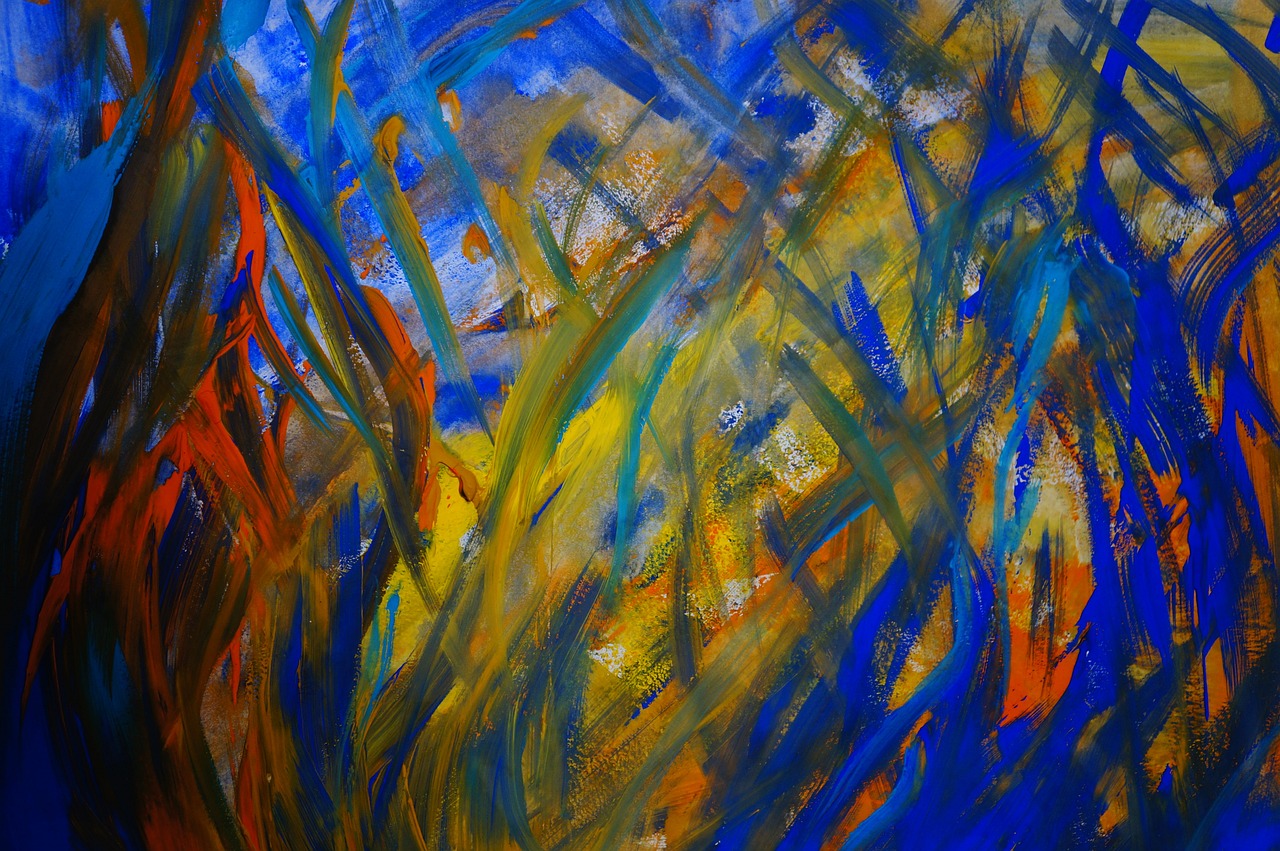
Artistic Movements and Cultural Identity
Artistic movements have long been instrumental in shaping cultural identity and challenging dominant narratives. Through art, marginalized communities have found a powerful platform to reclaim their heritage and voice, asserting their unique cultural identities in the face of cultural hegemony. One notable example is the Harlem Renaissance, a flourishing of African American art, music, and literature in the 1920s and 1930s. This movement not only celebrated African American culture but also confronted racial stereotypes and discrimination, paving the way for greater recognition and appreciation of Black artistic contributions.
Similarly, the Négritude movement, originating in the 1930s among Black intellectuals in France and the Caribbean, emphasized the pride and value of Black culture and heritage. Rejecting colonial narratives that denigrated African identity, Négritude poets and writers like Aimé Césaire and Léopold Sédar Senghor sought to redefine Blackness in a positive light, promoting a sense of unity and solidarity among people of African descent worldwide.
These artistic movements not only served as a means of cultural expression but also as a form of resistance against oppressive systems, empowering individuals to challenge the status quo and assert their right to self-determination. By embracing their cultural heritage and artistic traditions, marginalized communities have been able to reclaim their agency and shape a more inclusive and diverse cultural landscape.

Interfaith Dialogue and Religious Syncretism
Interfaith dialogue and religious syncretism play a vital role in fostering mutual understanding and tolerance among diverse religious communities. Through open and respectful conversations, individuals from different faith traditions come together to share their beliefs, practices, and values, seeking common ground and building bridges of empathy and cooperation. This dialogue not only promotes peaceful coexistence but also enriches the spiritual experiences of participants, allowing them to appreciate the beauty and wisdom present in various religious traditions.
Religious syncretism, on the other hand, refers to the blending of beliefs and practices from different religions to create new forms of spirituality and cultural expression. This phenomenon often occurs in regions where multiple faith traditions intersect, leading to the emergence of unique syncretic practices that incorporate elements from various religious sources. Religious syncretism can be seen as a creative and dynamic process that reflects the adaptability and resilience of religious traditions in the face of cultural exchange and interaction.
One example of interfaith dialogue is the Parliament of the World's Religions, a global conference that brings together representatives from diverse religious backgrounds to discuss pressing social issues and promote interreligious harmony. Through workshops, panel discussions, and collaborative projects, participants engage in meaningful exchanges that highlight the shared values and common goals that unite different religious communities.
Similarly, religious syncretism has manifested in various forms throughout history, such as the blending of indigenous beliefs with Christianity in Latin America or the incorporation of Buddhist elements into Taoism in East Asia. These syncretic practices demonstrate the adaptive nature of religion and the capacity of individuals to find spiritual resonance in multiple traditions, creating hybrid identities that reflect the complexity of human spirituality.
Overall, interfaith dialogue and religious syncretism contribute to the rich tapestry of human religious experience, showcasing the diversity and interconnectedness of global spiritual traditions. By engaging in meaningful conversations and exploring the intersections between different faiths, individuals can cultivate a deeper appreciation for religious pluralism and work towards building a more inclusive and harmonious society.
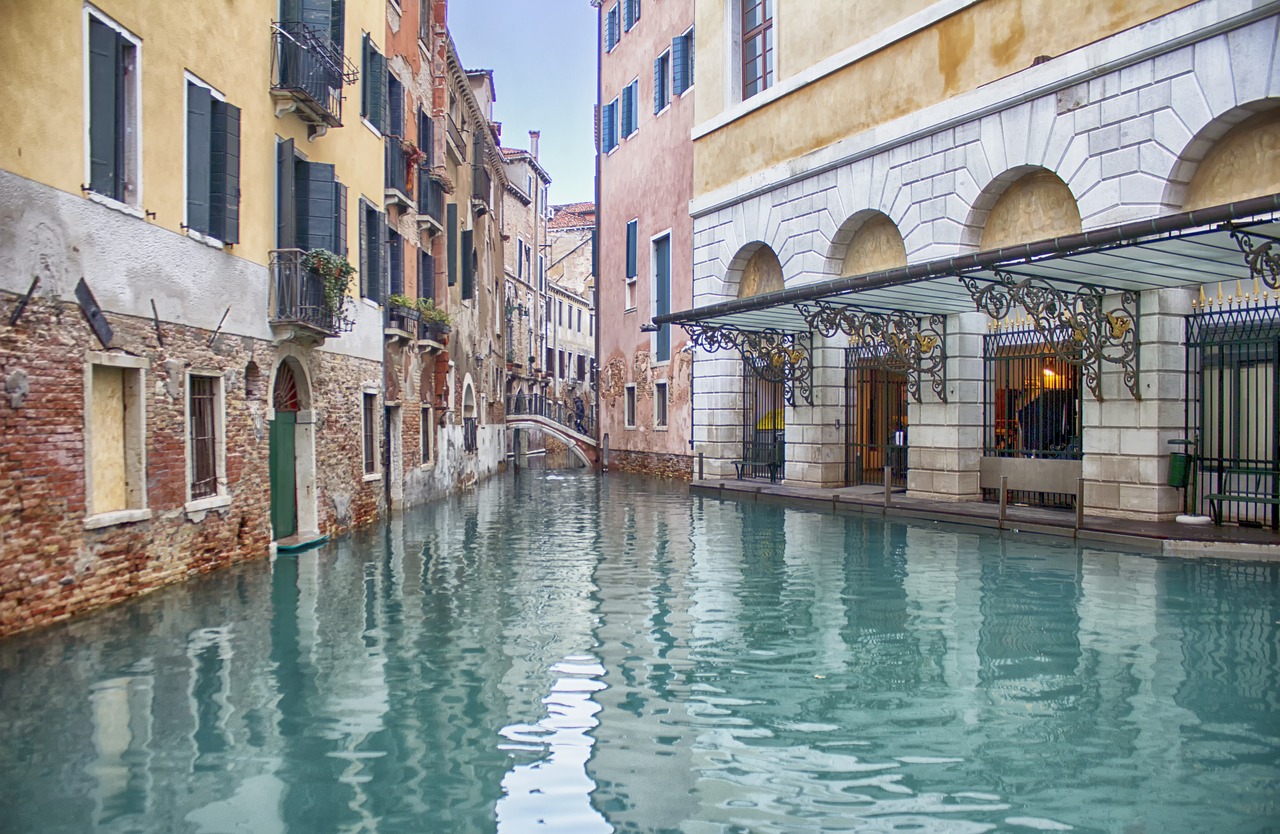
Future Prospects and Challenges of Cultural Exchange
As we look to the future, the dynamics of cultural exchange continue to evolve, presenting both opportunities and challenges in promoting cross-cultural understanding, fostering peace, and preserving the richness of human diversity. The increasing interconnectedness of the world through digital technologies and social media has facilitated the rapid exchange of ideas, customs, and values across borders, creating a global village where cultures intermingle and influence each other.
One of the key prospects of cultural exchange lies in its potential to bridge divides and build bridges of empathy and cooperation between people of different backgrounds. By engaging in dialogue and sharing experiences, individuals and communities can develop a deeper appreciation for the diversity of human experiences and foster mutual respect and understanding. This can lead to the cultivation of a more inclusive and harmonious global society where cultural differences are celebrated rather than feared.
However, along with the promises of cultural exchange come challenges that must be addressed to ensure its positive impact. One of the major challenges is the risk of cultural appropriation, where dominant cultures exploit and commodify elements of marginalized cultures without proper acknowledgment or respect. This can lead to the erasure of authentic cultural practices and the perpetuation of stereotypes, undermining the integrity and agency of marginalized communities.
Another challenge is the potential for cultural exchange to exacerbate existing power imbalances and inequalities, as dominant cultures may impose their values and norms on less powerful groups, further marginalizing already vulnerable populations. It is essential to promote equitable and reciprocal forms of cultural exchange that empower all participants to contribute their perspectives and experiences on an equal footing.
In navigating the future prospects and challenges of cultural exchange, it is crucial to prioritize dialogue, respect, and reciprocity in all interactions. By fostering a culture of openness, curiosity, and humility, we can harness the transformative power of cultural exchange to build a more inclusive and interconnected world where diversity is not only tolerated but celebrated as a source of strength and enrichment.
Frequently Asked Questions
- What is the significance of cultural exchange in world history?
Cultural exchange has played a crucial role in shaping world history by facilitating the sharing of ideas, beliefs, and traditions among different societies. It has influenced the development of civilizations, economies, and political systems, leading to a more interconnected and diverse global community.
- How have ancient trade routes contributed to cultural diffusion?
Ancient trade routes, such as the Silk Road and Trans-Saharan trade, enabled the exchange of goods, technologies, and cultural practices between civilizations, promoting cross-cultural interactions and the spread of knowledge, religions, and artistic influences.
- What challenges does cultural homogenization pose in the era of globalization?
Cultural homogenization in the era of globalization raises concerns about the loss of unique cultural identities and traditions as globalized influences dominate local cultures. It can lead to cultural erosion and the marginalization of indigenous practices and languages.
- How can communities resist the pressures of cultural homogenization?
Communities can resist the pressures of cultural homogenization by actively preserving and revitalizing their cultural heritage through art, language, music, and other forms of expression. By asserting their identity and promoting cultural diversity, communities can maintain their unique traditions in the face of globalization.
- What role do artistic movements play in asserting cultural identity?
Artistic movements, such as the Harlem Renaissance and the Négritude movement, empower marginalized communities to reclaim their cultural identity and challenge dominant narratives. They provide a platform for expressing cultural heritage, promoting diversity, and fostering social change.













